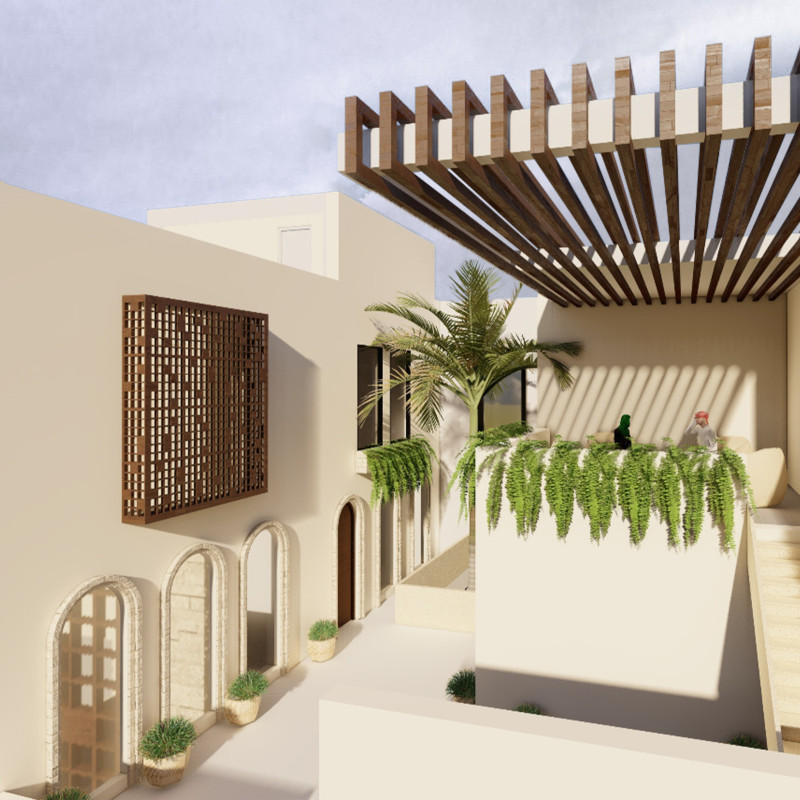5 key facts about this project
At its core, the project serves as a multifunctional facility, accommodating a variety of activities and functions that promote community engagement and social interaction. The layout is meticulously planned to facilitate flow and accessibility, with designated areas for recreational, educational, and community-oriented purposes. These considerations underscore the importance of architecture in enhancing the quality of life, ensuring that the space is not only visually appealing but also practical and user-friendly.
The architectural design stands out due to its unique approach to materials and form. The use of sustainably sourced materials is evident throughout the project, with a focus on promoting environmental stewardship. The primary materials include a combination of locally sourced wood, recycled steel, and eco-friendly concrete, chosen for their durability and low environmental impact. The wooden facade provides warmth and a sense of connection to nature, while the steel elements introduce a modern aesthetic that complements the overall design. The concrete portions anchor the building within the landscape, providing stability and a solid foundation.
In addition to material choice, the project is characterized by its innovative spatial organization. Open floor plans encourage versatility and adaptability, allowing spaces to be reconfigured as needed. Natural light floods the interiors through strategically placed windows and skylights, creating a bright and inviting atmosphere. This connection to the outdoors is further enhanced by the integration of landscaped areas that blur the boundaries between inside and outside, promoting a greater appreciation for nature among users.
Moreover, the design incorporates passive heating and cooling strategies, showcasing a commitment to energy efficiency. The orientation of the building takes advantage of prevailing winds and sunlight, reducing reliance on artificial heating and cooling systems. Green roofs and walls contribute to insulation while also providing new habitats for local wildlife, thereby enhancing biodiversity in the area.
One notable aspect of the project is its community focus, as it has been designed with input from local residents to ensure it meets their needs and aspirations. Spaces for social gatherings, workshops, and educational programs are integrated, fostering a sense of ownership and pride among the community members. This participatory approach not only strengthens the connection to the site but also enhances the longevity and relevance of the project.
As visitors explore the architectural plans, sections, and designs, they will discover the meticulous attention to detail that defines this project. The balance between form and function demonstrates a strong understanding of architectural principles and a commitment to creating spaces that resonate with users. The interplay of materials, light, and spatial dynamics culminates in a project that is thoughtful, deliberate, and purpose-driven.
For those interested in delving deeper into the architectural ideas that underpin this project, a review of the presentation materials will provide further insights into the design philosophy and the innovative approaches employed. Taking the time to engage with the comprehensive architectural documentation will enhance understanding of how this project stands as a testament to modern architectural practices, marrying aesthetic appeal with practical functionality for the benefit of the community.


 Azzhra'a Al-nunu,
Azzhra'a Al-nunu,  Walid Ibrahim Ahmed Jaafar,
Walid Ibrahim Ahmed Jaafar, 























